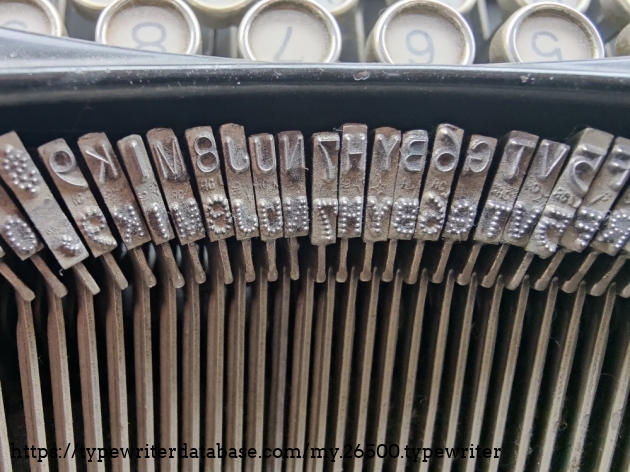You can certainly keep them out on shelves and rely on occasional dusting.
If they're in a dustier-than-typical room or you have compounding factors, like the presence of cats or dogs (like my German Shedder, I meant German Shepherd), and don't want to go the route of traditional fabric-like dust covers, you might consider doing a thicker plastic/acrylic cover which will give you a clear plastic layer of protection, but still show off your machines.
I live in Los Angeles and there are half a dozen places that do this sort of custom plastic work all the time for very reasonable rates. Searching for "plastic fabricator memorabilia case" along with variations of plastics (acrylic, lucite, plexiglass) should get you what you want locally. (Here's a few examples I've used in Los Angeles before to give you an idea: https://solterplastics.com/, https://www.plasticfactoryinc.com/, https://www.customacrylicproducts.com/, https://plexidisplays.com/). Search for something similar in your area for easier communication and cheaper pick up/shipping.
If you search around for companies that make plastic displays, particularly for memorabilia (baseball bats, baseball cards, etc.), you can have them design and make a custom sized clear plastic box/enclosure that will keep the dust and dirt out, but still allow you to see the machine inside. If done well it may actually make them appear more precious because you've taken the additional precaution.
Enclosed glass shelving is also a potential solution as well, but requires a larger investment and also requires more work to rotate machines out for regular use.
Most of my machines get daily use, so I'm not really using them for display or presentation purposes (except for one machine which sits on our library card catalog, but even then, it is frequently used as a standing desk, for occasional poetry by everyone in the family, or for guests who want to try their hand). I go through lots of index cards, so I'll usually temporarily protect against dust, dirt, and fur by slipping an index card on top of the hood or slightly into it to protect the segment.
But at the end of the day, as long as you haven't used WD-40 or some other lubricant on your segment and typebars (and what typewriter monster would do such barbaric things?), you should easily be able to go long periods between dustings and still have a highly functional machine. After all, who hasn't bought a machine full of dirt, dust, White Out, and eraser shavings/crumbs that still works like a dream?
It may bear brief mention for those who display their machines and forget, that you might also disengage the paper lock/paper release lever which will release the tension on your rubber rollers against the platen so that they don't go "flat" or become misshapen when not in use for long periods.
Expansion of https://hypothes.is/a/NjoVMA1REe-f47d0T4ZOkg
Reply to u/Styr0foam at https://www.reddit.com/r/typewriters/comments/1djgjv2/how_to_display_typewriters_properly/





 <br />
page from Wilf Beeching's Century of the Typewriter (1974 edition)
<br />
page from Wilf Beeching's Century of the Typewriter (1974 edition)







